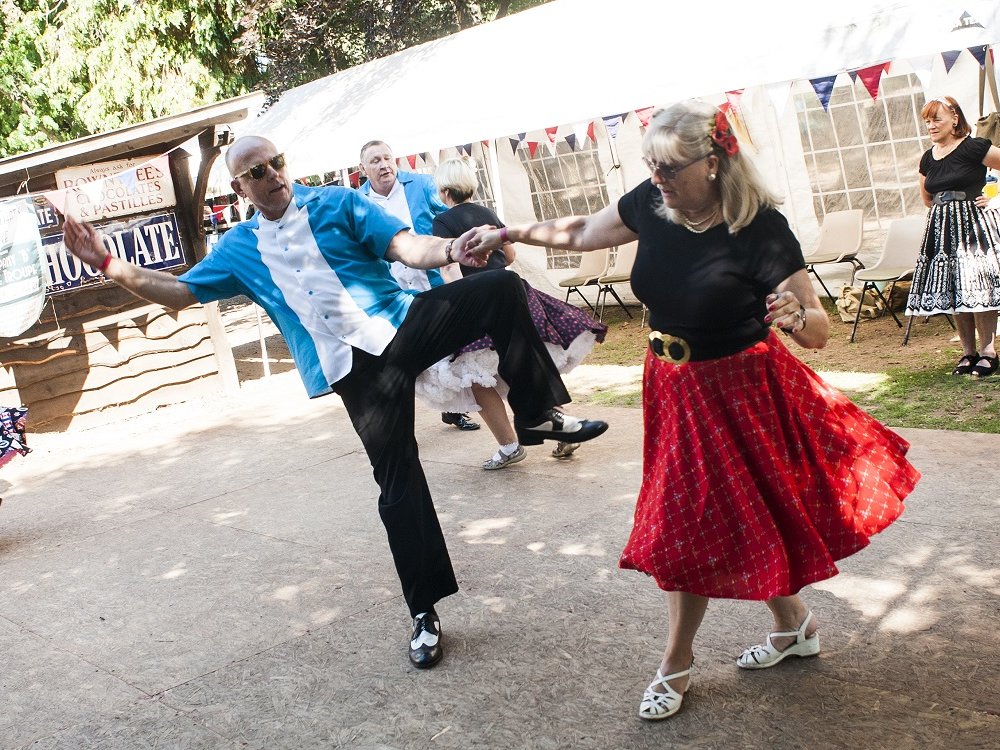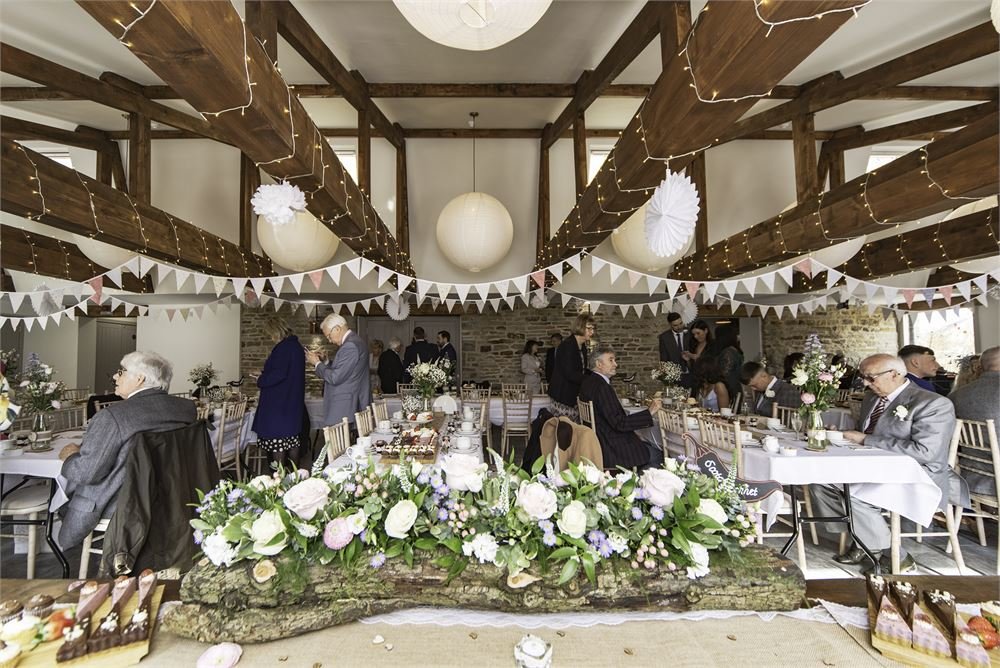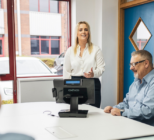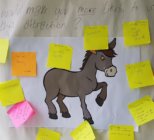Gaining a deep understanding of your visitors is a major part of being a successful venue. Real insight into different audiences goes beyond a simple market analysis and drills down into the detail. This connects venues with the interests, aspirations and motivations of each audience, as well as what makes a great visit. This knowledge can then be used for informed decision-making and is a main component in improving the visitor experience and driving successful change.
Visitor insight can, however, also uncover opportunities for generating income – both immediate and longer-term. A key element in getting a clear picture of each audience is to find out what they value. Knowing this will suggest the types of things they consider a worthwhile part of their visit and might be willing to pay for; revealing a variety of opportunities for earned income.
Some of this value could be included in the standard visitor offer as a reason to visit. However, it could also be added value that particular audiences would be willing to pay extra for, possibly on a return trip. For example, the Rural Life Centre in Farnham, Surrey, already charges for entry and extra for light railway trips around the site. It is reviewing the offers to visitors and charging structure for special events and activities as well annual membership, to see which offers should carry an extra charge and which should be part of normal admission.

Classic examples of bought added value include a special talk, tour, experience or service, especially those that give access to specialist knowledge/experience and cannot be found easily elsewhere. Such examples include: the curator’s, specialist’s or ex-worker’s talk; behind the scenes tour; special handling session; and chance to sit in the driving seat or try things out first hand.
Added value could equally be something to buy and own that has an element of being special, as well as valued food and drink in a great setting. Along these lines, many venues are looking at making more of local produce in their food and drink offer as well having items for sale in their shop, including craft beer, cider and spirits. The National Trust is an acknowledged leader in this.
The hard part is to understand value from the viewpoint of visitors. It is their perception of what is of value to them that counts. Visitor perceptions of where to find significant value will not necessarily be the same as yours and may require an internal cultural shift.
A helpful approach is to see value in terms of benefits – what visitors get from their visit and what your venue can do for them. A useful tool is to answer the Five Golden Words of Sales for your audiences – “What’s in it for me?” Traditionally, venues have focused on their own internal interests and promoted features – the extent of what they have (e.g. ‘important local history collection’).
Once you have identified opportunities for generating income through bought value, the next step is to see how this will work in relation to a visit. Mapping the visitor journey will show when and where income opportunities occur. It will also flag up where and when visitors need to find out what is on offer to them, so that they can make buying decisions and integrate bought value into their visit as a whole.
Thinking about income generation as part of the visitor journey helps the move to seeing bought value as integrated into a visit and not simply an add-on. From the visitor perspective, spending money on a temporary exhibition or special activity ticket, exhibition guide, catering, shop and other spending is very much part of the visitor offer.

The ideal of integrating bought value seamlessly into a visit continues with sales. Using a visitor perspective will help ensure that sales are as easy as possible, along with the rest of the visitor experience; visitors should certainly not have to work hard to pay. This is especially true on-line as many visits start on your website and so opportunities for web sales should be integrated into the overall user experience.
Identifying value works equally well for specialist audiences. Many venues are looking at enthusiast visitors to explore the nature of their relationship and the types of special experiences that could be bought added value. For example, Windermere Jetty, Museum of Boats, Steam and Stories charges extra for heritage boat trips and runs events and activities on a range of topics to do with boats and conservation. These are designed to appeal to boat and steam enthusiasts and a range of other audiences.
Sheffield Manor Lodge focusses on another important specialist audience – commercial hire bookings. They have converted part of a period building into a hire venue for weddings, private hire, company hire, office parties, etc. They have found that it pays to investigate what specialist audiences want from your venue, what they value, what a great experience would be and the services they would like to buy from you.
Opportunities for bought value do not end when visitors leave. There may well be ways of continuing the relationship that started by their visit. This could involve giving visitors added value to encourage future engagement and giving strong benefits if they return. Longer term, using visitor insight to increase income is a vital part of unlocking the potential of your venue and building resilience for the future.
Colin Mulberg is Director of Colin Mulberg Consulting, specialising in improving the visitor experience for museums, galleries and historic properties/sites. He curates the ‘Understanding Your Visitors’ strand of the Museums + Heritage Show and is always looking for suitable case studies. See: www.colinmulberg.com










